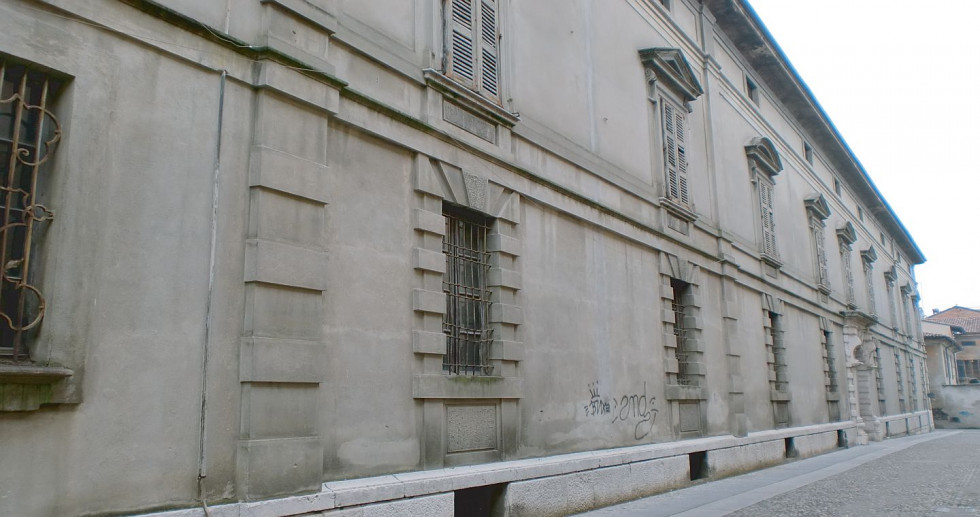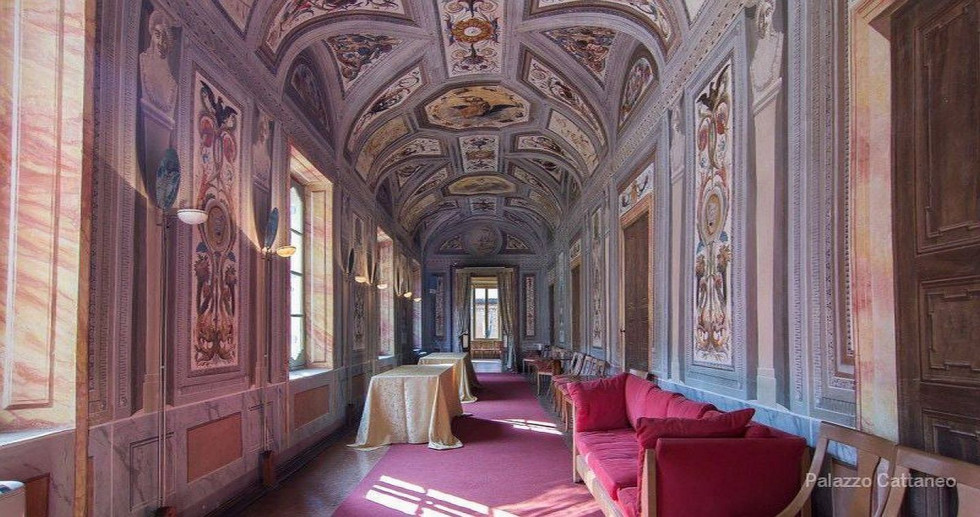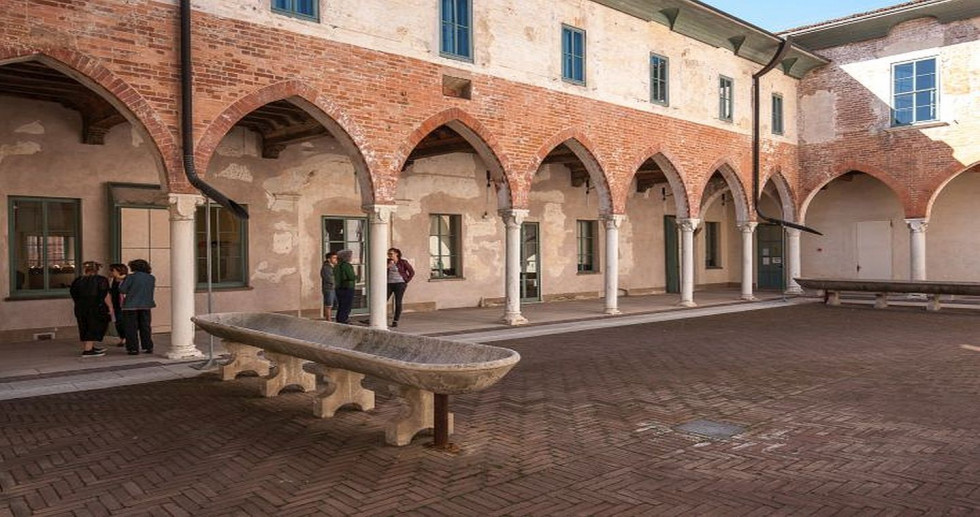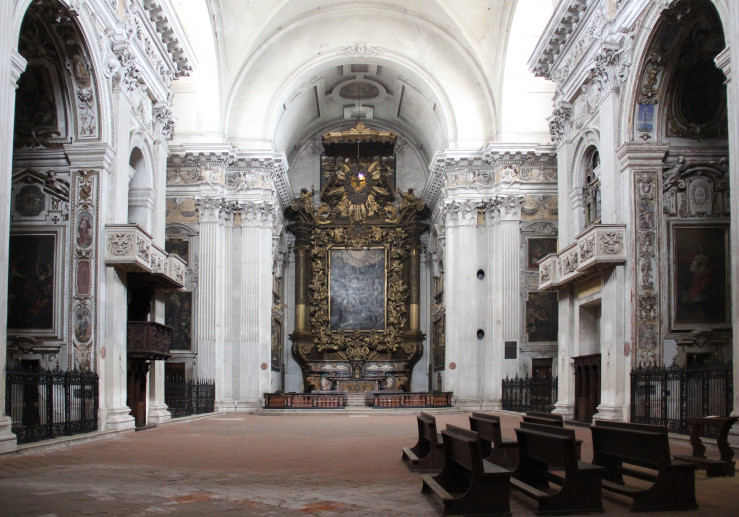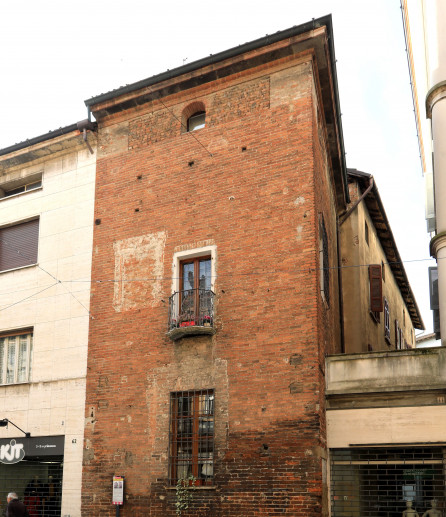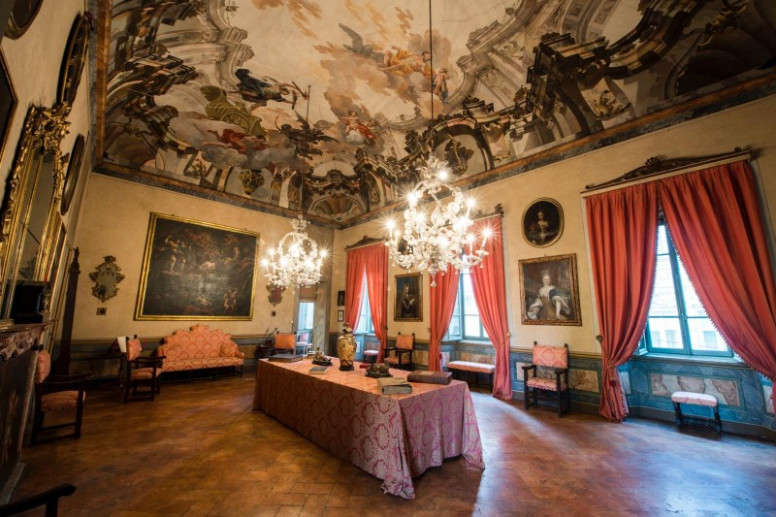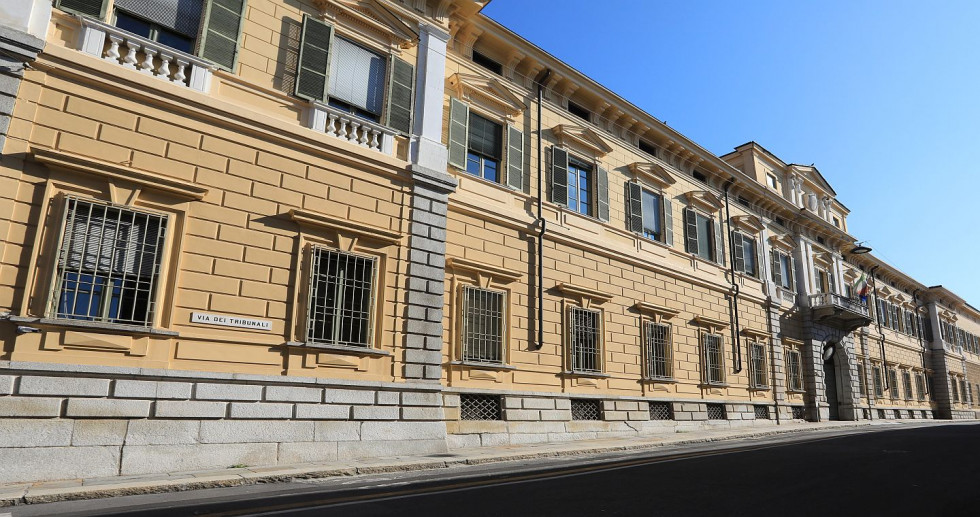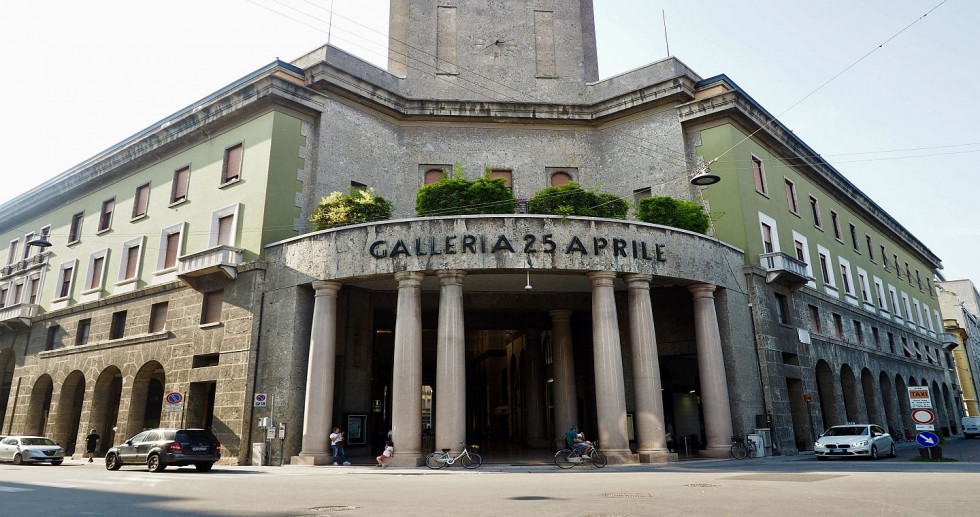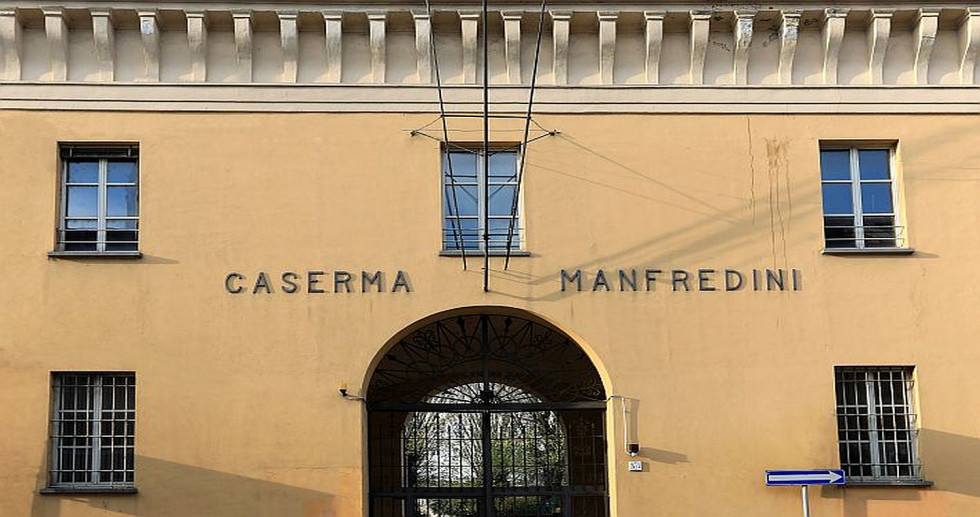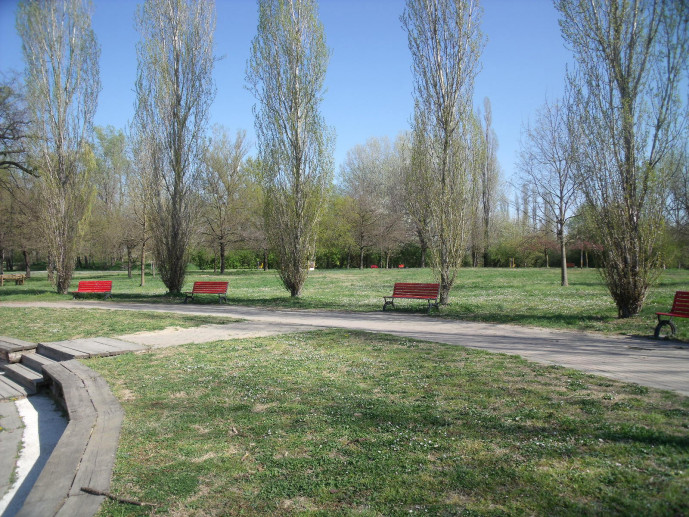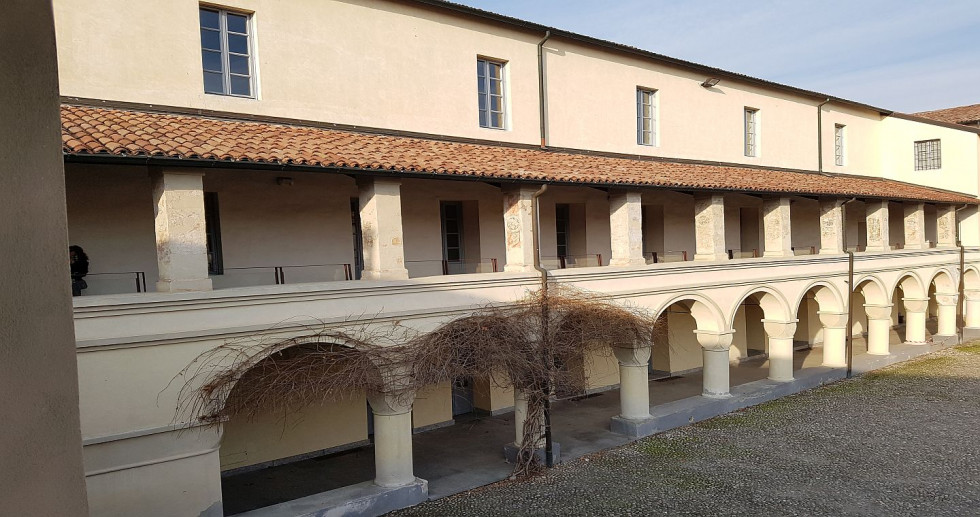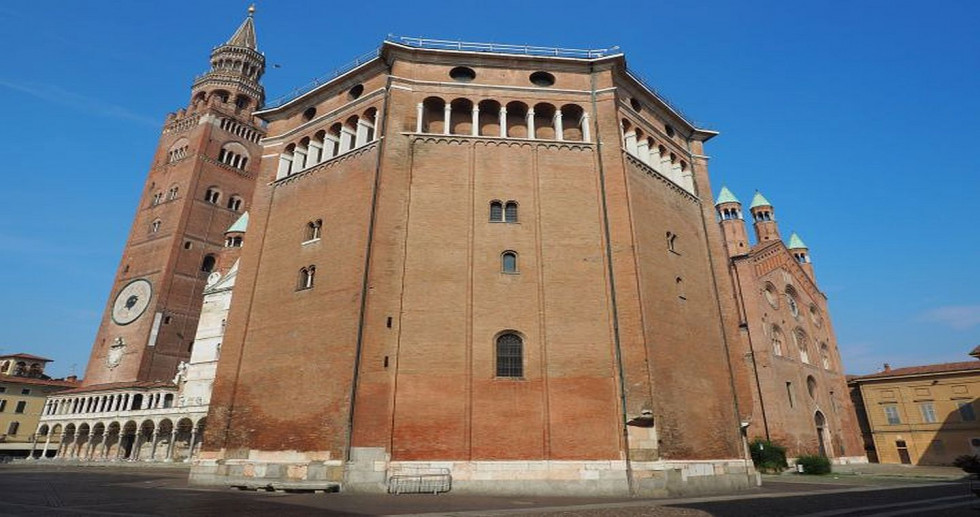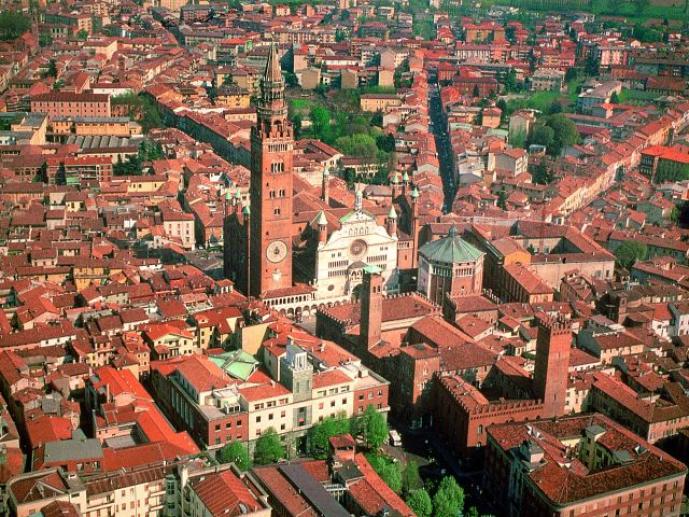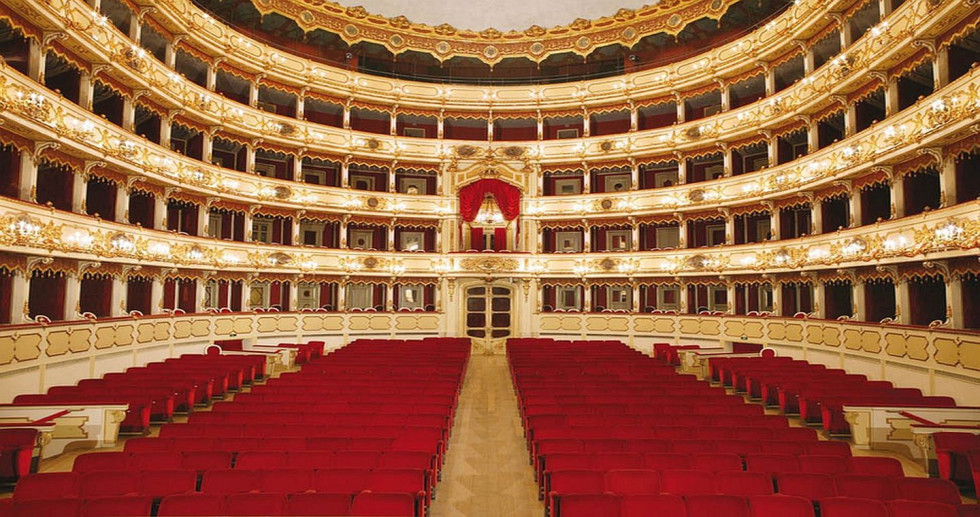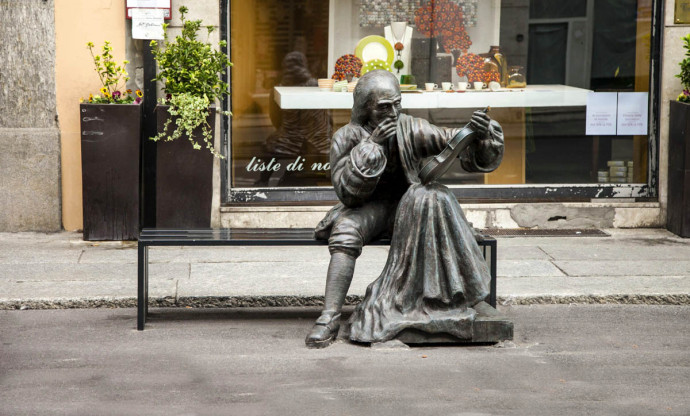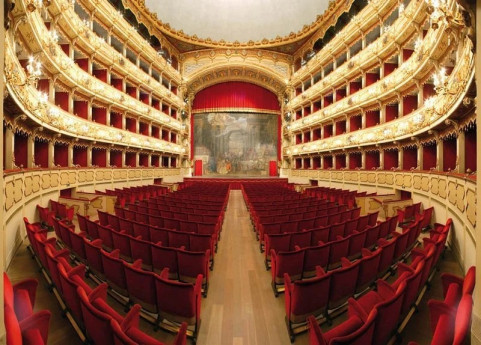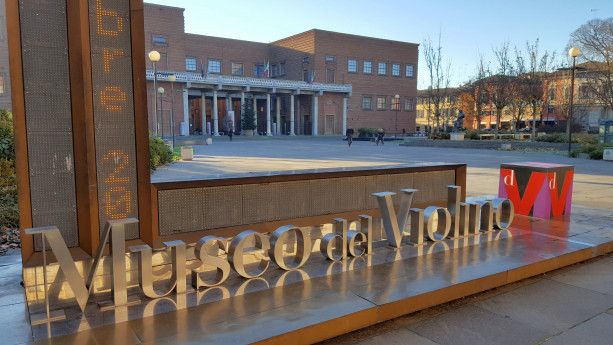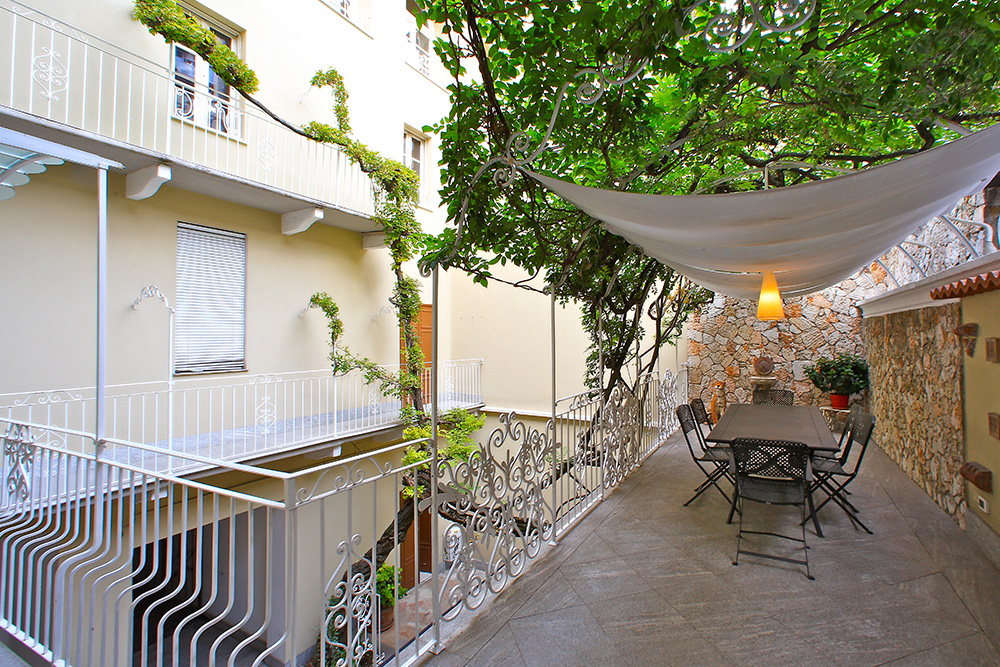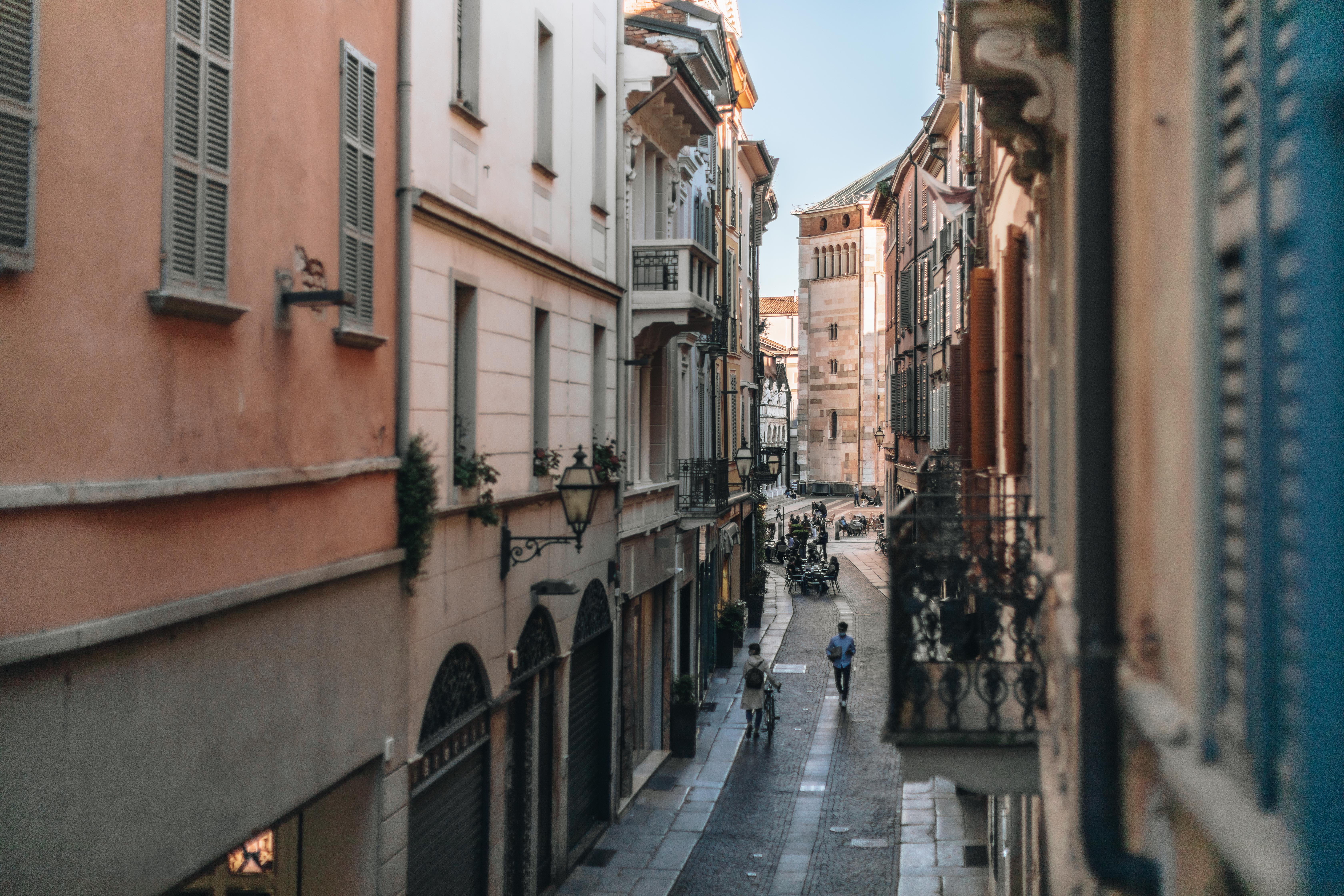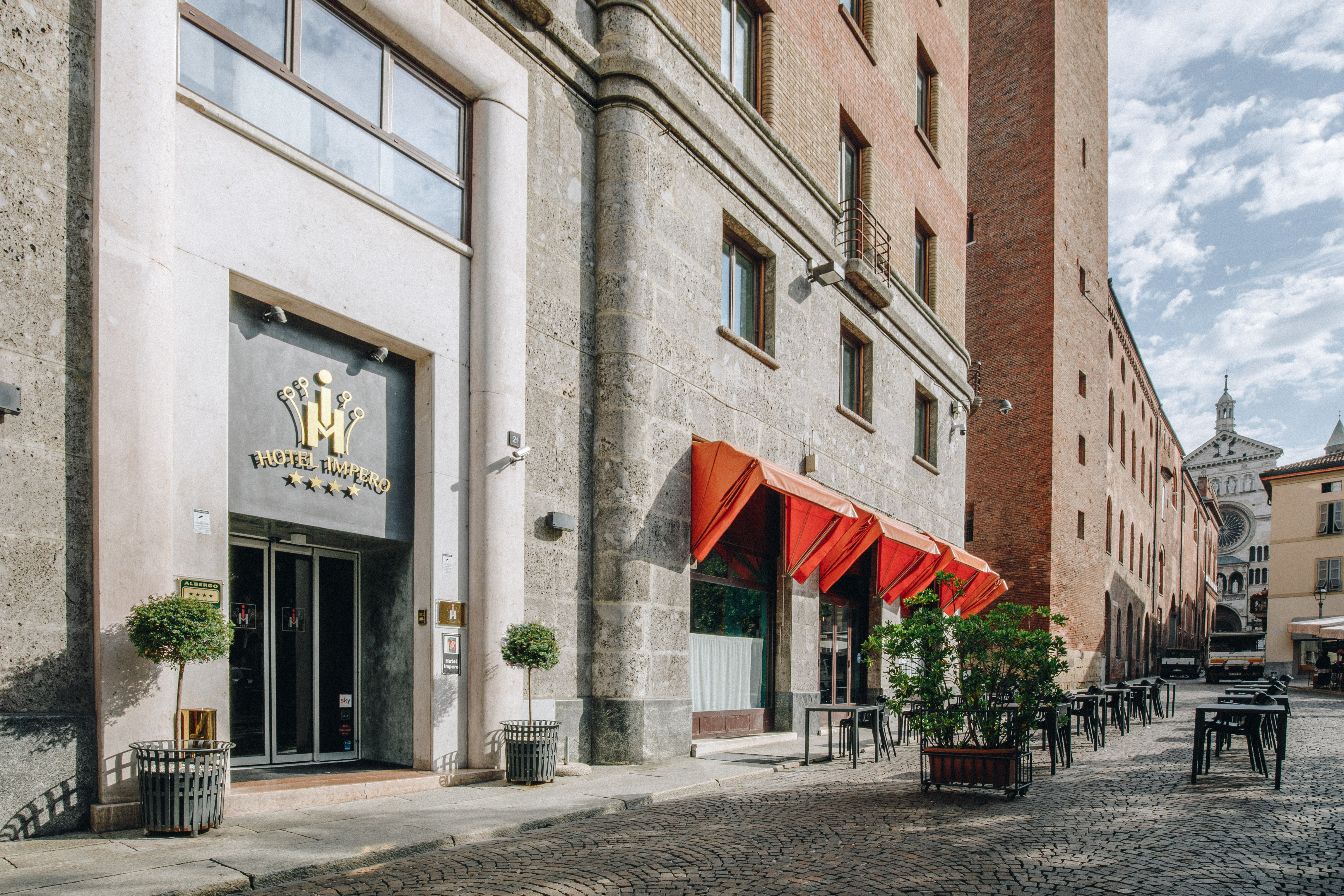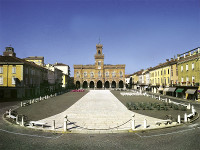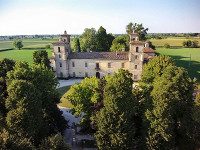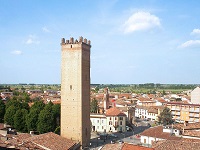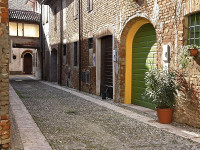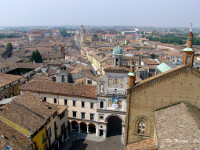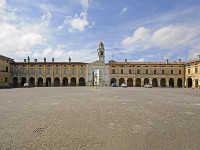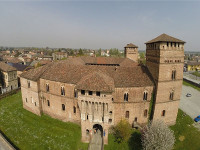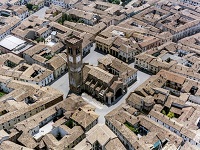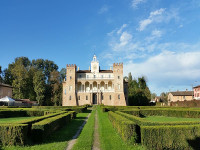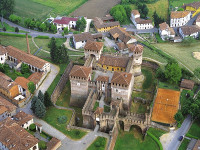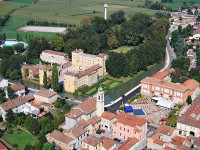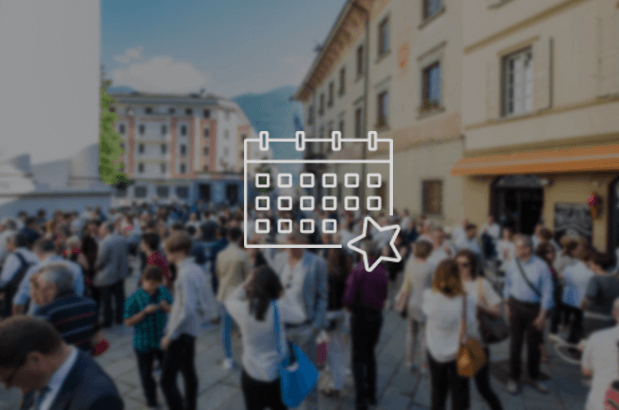- Art & Culture
- Religious Tourism
Church of St. Augustine
Built between 1339 and 1345 in the typical style of Lombard monastic Gothic architecture.
Originally a monastic church, St. Augustine's, one of the most important in the city, was built in exposed brick between 1339 and 1345, and shortly afterwards (14th-15th centuries) two deep late Gothic chapels were added on the right side.
Between 1535 and 1539, the interior of the church underwent extensive renovations with the construction of new vaults supported by pillars, which incorporated the original polygonal Gothic ones.
The church has a rich artistic heritage, including the Cavalcabò Chapel in the right aisle with Bonifacio Bembo's Coronation of the Virgin and, in the transept, the Evangelists and Doctors of the Church (c. 1450). The Roncadelli altar (the fifth) boasts the famous panel by Perugino from 1494 depicting The Virgin and Child between St. Augustine and St. John the Evangelist. At the altar next to it, the fourth, the painting of The Annunciation (1571) documents the work of Giulio Campi, whose father Galeazzo, founder of the dynasty, is present with the painting of the Madonna del Melograno (1506) on the altar of the Chapel of the Blessed Sacrament, at the end of the nave. The upper part of the same chapel preserves the late 15th-century frescoes by Giovan Pietro da Cemmo, a Camunian painter who painted the Stories of St. Augustine there. Beyond the presbytery, where the altarpiece of the high altar with the rare iconography of the Redeemer compressed under the press (A. Mainardi, 1594) is located, there is a fresco of the Madonna and Child, the oldest (late 14th century) in the church.
Opening hours
Weekdays: 8:00 a.m. to 12:00 p.m. and 3:30 p.m. to 7:00 p.m.
Holidays: 7:30 a.m. to 12:30 p.m. and 3:00 p.m. to 6:30 p.m.
Hours are subject to change. For more information, please call + 39 0372 22545.
